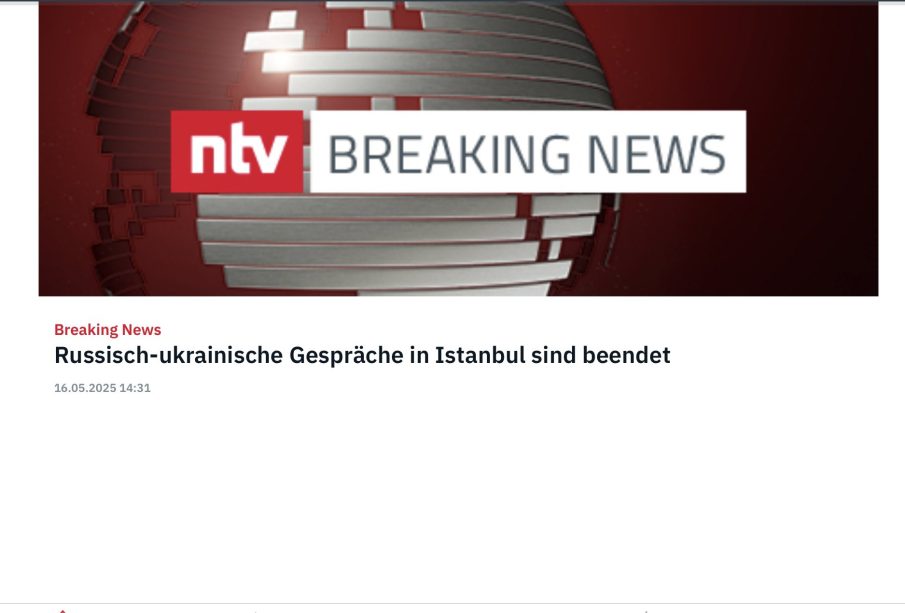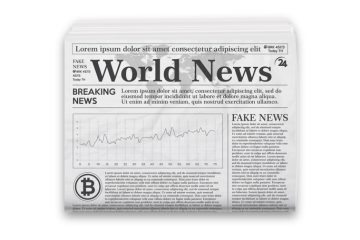The Significance of Breaking News in Today’s World

Introduction
In an age of instantaneous communication, breaking news plays a crucial role in keeping the public informed. With the rise of social media and 24-hour news cycles, the dissemination of urgent news has never been faster. Understanding the impact and relevance of this concept is essential as it shapes public perception and responses to significant events.
The Evolution of Breaking News
The term ‘breaking news’ refers to new information that alters the understanding of a current event. Traditionally, breaking news was associated with major developments such as natural disasters, political upheavals, or significant health crises. Recently, the definition has expanded to include any story that requires immediate attention. News organisations, from major broadcasters to local news outlets, have adapted to deliver content in real time, often utilising live reports, social media updates, and streaming services.
Recent Examples of Breaking News
Since the start of 2023, several instances have defined the breaking news landscape. In February, the earthquake in Turkey and Syria registered worldwide attention, showcasing the speed at which news travelled and how platforms like Twitter and TikTok became sources of real-time information. The conflict in Ukraine has also highlighted the breaking news phenomenon, where reports of military advancements and humanitarian crises appear almost instantaneously across global news networks. Furthermore, political events such as the ongoing investigations into former President Donald Trump continue to capture headlines, illustrating how swiftly developments can occur in the political arena.
The Effects of Breaking News on Society
Breaking news significantly impacts public opinion and decision-making. Studies suggest that rapid dissemination of information can lead to heightened anxiety and impulsivity among audiences. With misinformation often spreading alongside genuine stories, distinguishing fact from fiction becomes a critical challenge. This has raised questions about media responsibility and the importance of fact-checking in the news industry.
Conclusion
As technology continues to evolve, the landscape of breaking news will undoubtedly change, demanding adaptability from both media outlets and consumers. The significance of having access to real-time information remains paramount in promoting an informed society. However, viewers must approach breaking news with critical thinking to navigate the complexities associated with rapid information sharing. The future of news will likely see a further blend of traditional journalism principles with modern technology, shaping how we perceive and react to events unfolding around us.








